Butterfly Bush Planting: Tips On Caring For Butterfly Bushes
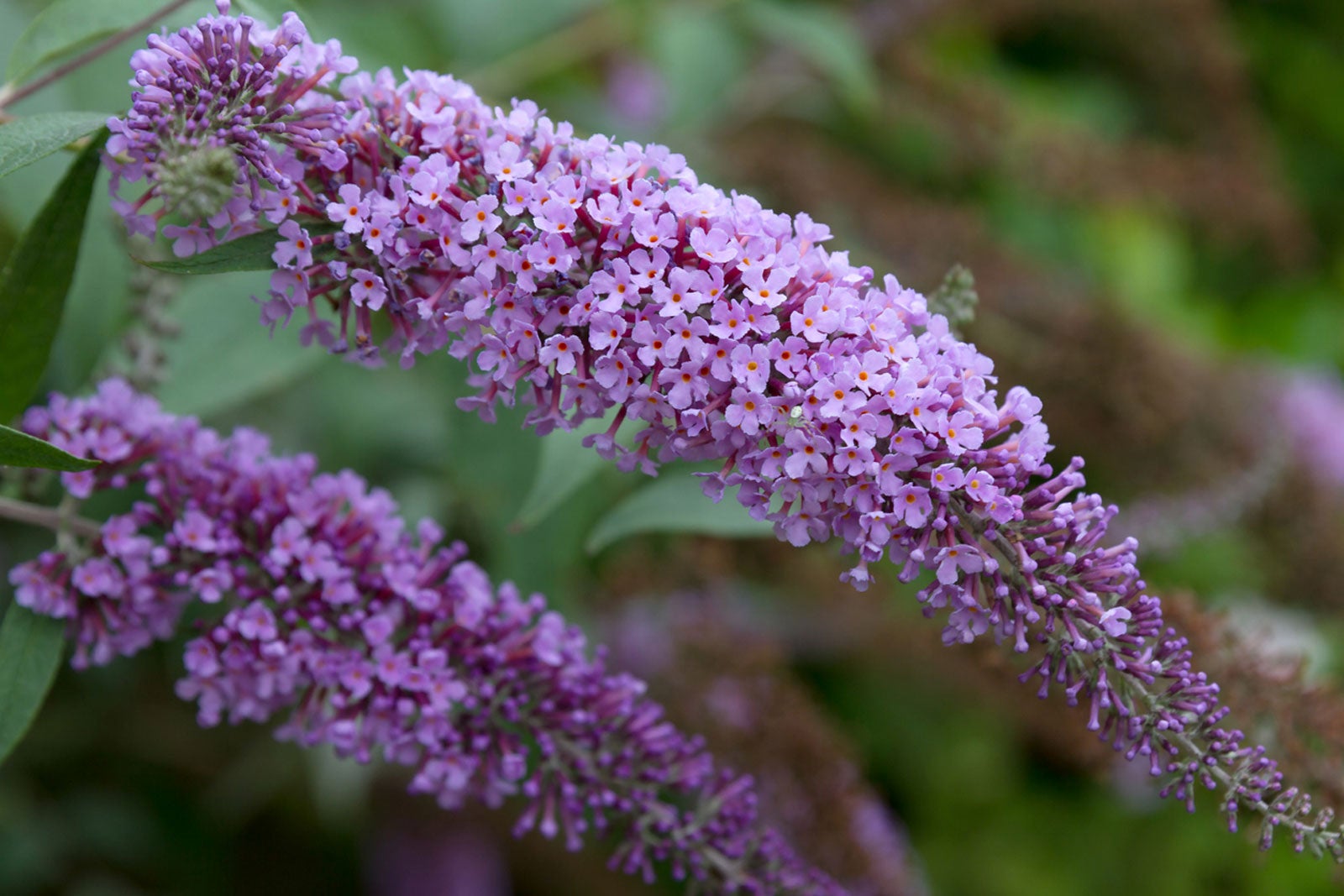

Butterfly bushes (Buddleia davidii) are grown for their long panicles of colorful flowers and their ability to attract butterflies and beneficial insects. They bloom in spring and summer, but the naturally attractive shape of the shrub and evergreen foliage keep the bush interesting, even when it is not in bloom. These tough plants tolerate a variety of conditions and are hardy in USDA plant hardiness zones 5 through 9. Find out more about butterfly bush planting and care.
Butterfly Bush Planting
Planting a butterfly bush in an optimum location minimizes the time you'll spend on maintenance. Choose a sunny or partly shaded area where the soil is well-drained. Soil that is constantly wet encourages rot.
When planted in good quality garden soil, a butterfly bush rarely needs fertilizer. Give your butterfly bush plenty of room. The plant tag will tell you the mature size of the cultivar you have chosen.
Although butterfly bushes tolerate severe pruning to maintain a smaller size, you can reduce the time you'll spend pruning by planting it in a location with plenty of room for the plant to develop its natural size and shape.
Butterfly bushes grow from 6 to 12 feet (2-4 m.) tall with a spread of 4 to 15 feet (1-4.5 m.). NOTE: Butterfly bush is considered an invasive plant in many regions. Check with your local extension office prior to planting to ensure that the plant is permitted in your area.
How to Care for a Butterfly Bush
Butterfly bush care is easy. Water the shrub slowly and deeply during prolonged dry spells so that the soil absorbs the water deep into the root zone. The plants don't need fertilization unless grown in poor soil. Fertilize with a 2 inch (5 cm.) layer of compost over the root zone or scratch in some general-purpose fertilizer if you need to enrich the soil.
Cover the root zone with a 2 to 4 inch (5-10 cm.) layer of mulch. This is particularly important in cold climates where the roots need winter protection. The most labor-intensive part of caring for butterfly bushes is deadheading.
Gardening tips, videos, info and more delivered right to your inbox!
Sign up for the Gardening Know How newsletter today and receive a free copy of our e-book "How to Grow Delicious Tomatoes".
In spring and summer, remove the spent flower clusters promptly. Seed pods develop when the flower clusters are left on the plant. When the pods mature and release their seeds, weedy young plants emerge. The seedlings should be removed as soon as possible.
Young shrubs that are cut off at ground level may re-emerge, so remove the roots along with the top growth. Don't be tempted to transplant the seedlings into other parts of the garden. Butterfly bushes are usually hybrids, and the offspring probably won't be as attractive as the parent plant.
Problems with Butterfly Bushes
Problems with butterfly bushes include root rot and the occasional caterpillar. Planting the shrub in well-drained soil usually eliminates the chances of root rot. The symptoms are yellowing leaves, and in severe cases, twig or stem dieback.
Any time you grow a plant that attracts butterflies, you can expect caterpillars. In most cases the damage is minimal and you will have to stand close to the shrub to notice it. It's best to leave the caterpillars alone unless their feeding activity does substantial damage to the shrub.
Japanese beetles sometimes feed on butterfly bushes. Using insecticides to control Japanese beetles is usually ineffective, and more likely to destroy the abundance of beneficial insects attracted to the shrub than the beetles.
Use traps and handpick the insects, and treat the lawn for grubs, which are the larval form of Japanese beetles.

Jackie Carroll has written over 500 articles for Gardening Know How on a wide range of topics.
-
 Looking For Plants To Give You The Soft And Fuzzies? Try These 5 Fuzzy Leaf Plant Options
Looking For Plants To Give You The Soft And Fuzzies? Try These 5 Fuzzy Leaf Plant OptionsLovers of texture, drama, silver foliage and tactile plants will adore these special sensory garden additions. These fuzzy leaf plant options will leave you all aglow
By Susan Albert
-
 Get Ready For A Summer Of Hummers! Grow These Full Sun Hummingbird Plants and Flowers
Get Ready For A Summer Of Hummers! Grow These Full Sun Hummingbird Plants and FlowersIf you’re lucky enough to enjoy a sunny backyard, make sure you are maxing out on your pollinator opportunities and grow these full sun hummingbird plants and flowers
By Tonya Barnett
-
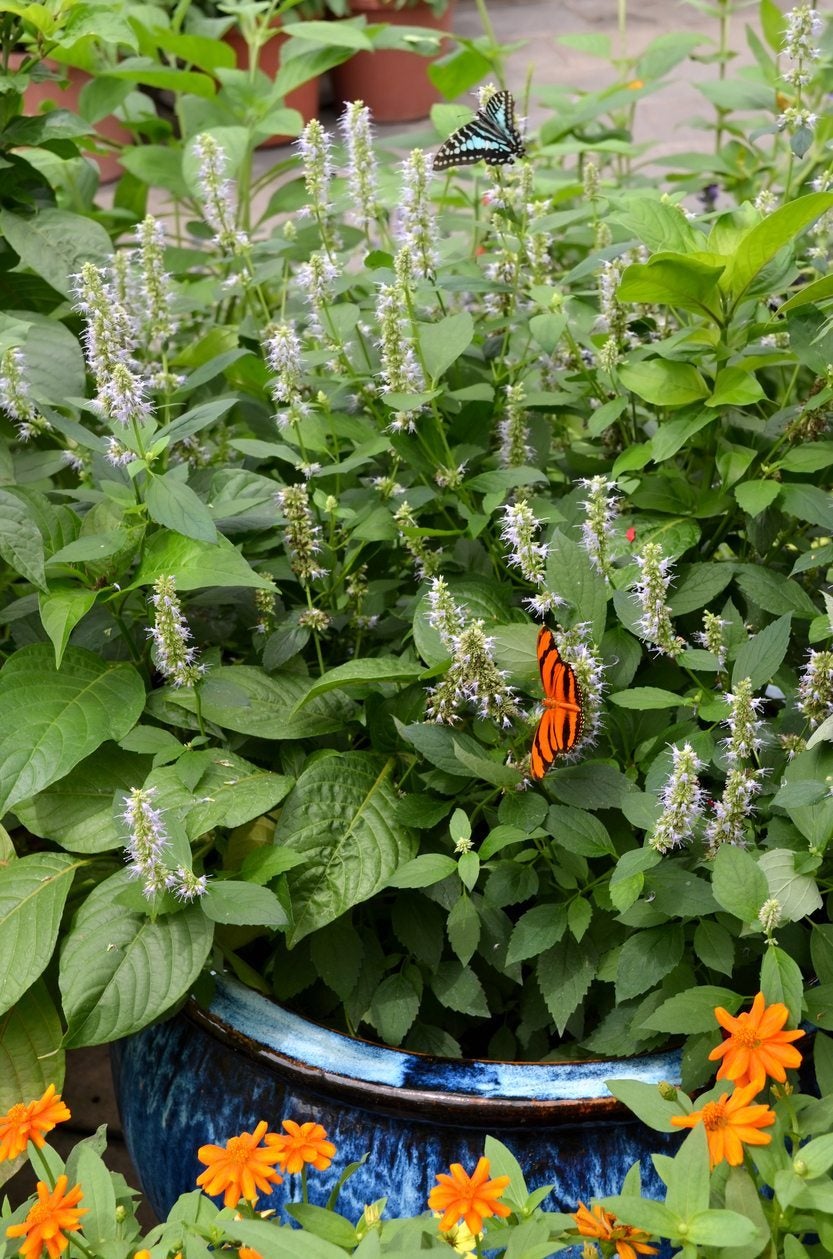 Butterfly Bush Container Growing – How To Grow Buddleia In A Pot
Butterfly Bush Container Growing – How To Grow Buddleia In A PotCan I grow a butterfly bush in a container? The answer is yes, you can - with caveats. Growing a butterfly bush in a pot is very possible if you can provide this vigorous shrub with a very large pot. If this sounds like something you?d like to try, click here for more info.
By Mary H. Dyer
-
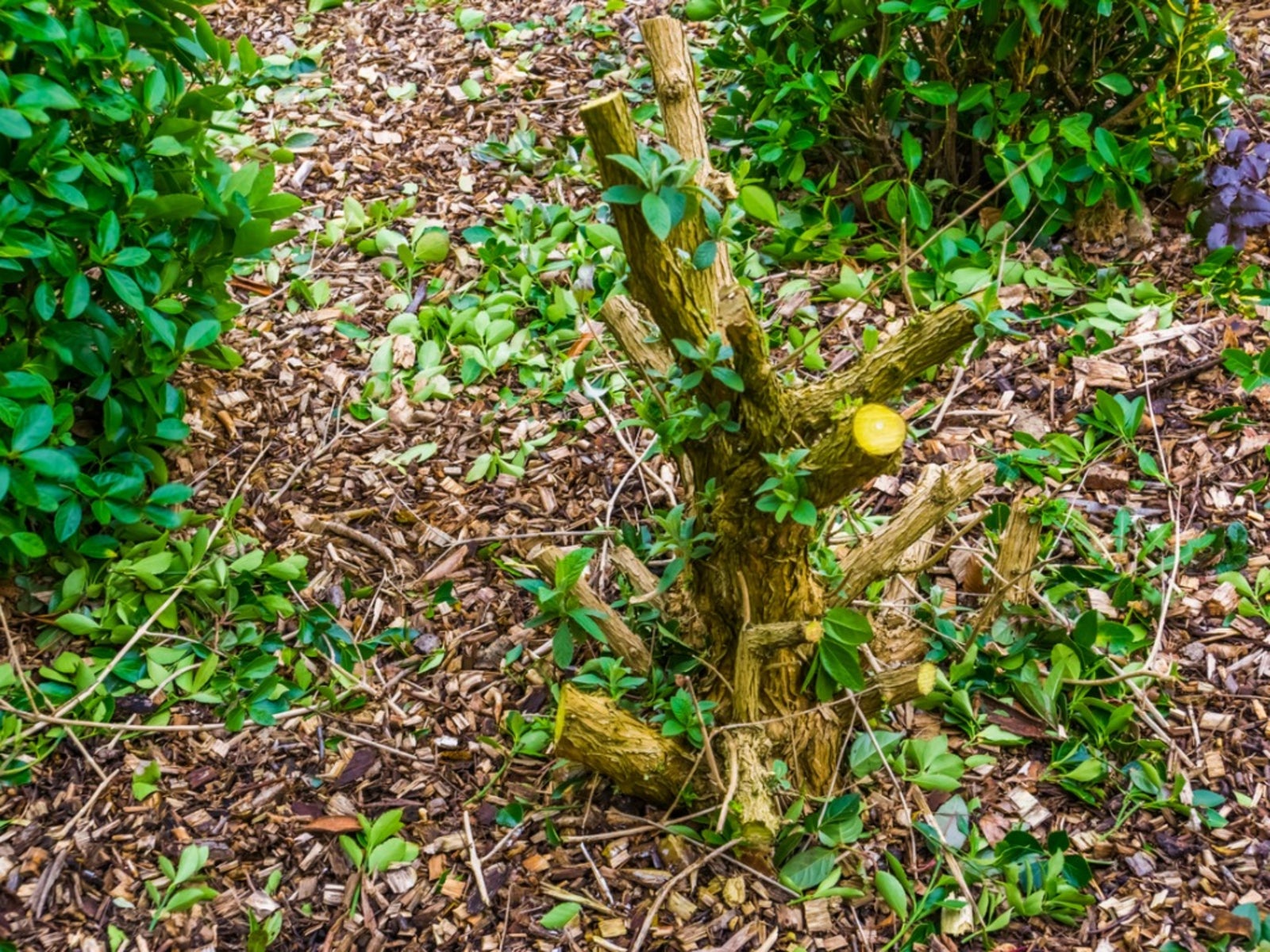 My Butterfly Bush Looks Dead – How To Revive A Butterfly Bush
My Butterfly Bush Looks Dead – How To Revive A Butterfly BushButterfly bushes should be able to survive winter in USDA zones 5 through 10. Sometimes they have a harder time coming back, however. Find out what to do if your butterfly bush is not coming back in the spring in this article and how to revive it.
By Liz Baessler
-
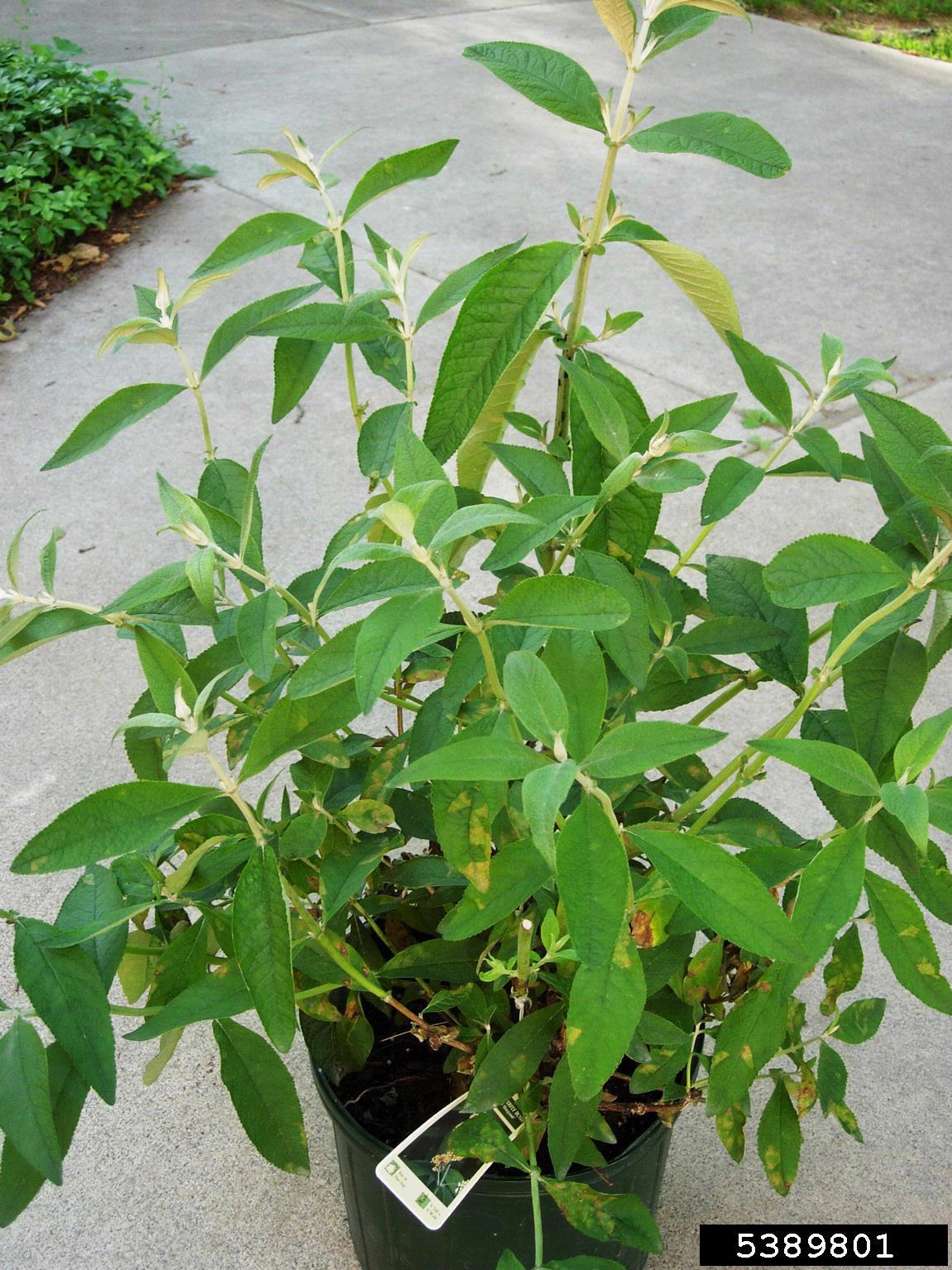 Butterfly Bush Diseases – Treating Diseases Of Butterfly Bush
Butterfly Bush Diseases – Treating Diseases Of Butterfly BushButterfly bush is a relatively trouble free plant to have in the garden. That being said, there are a few buddleia diseases you ought to look out for if you want your plant to be as healthy as it can be. Click this article to learn more about butterfly bush disease problems.
By Liz Baessler
-
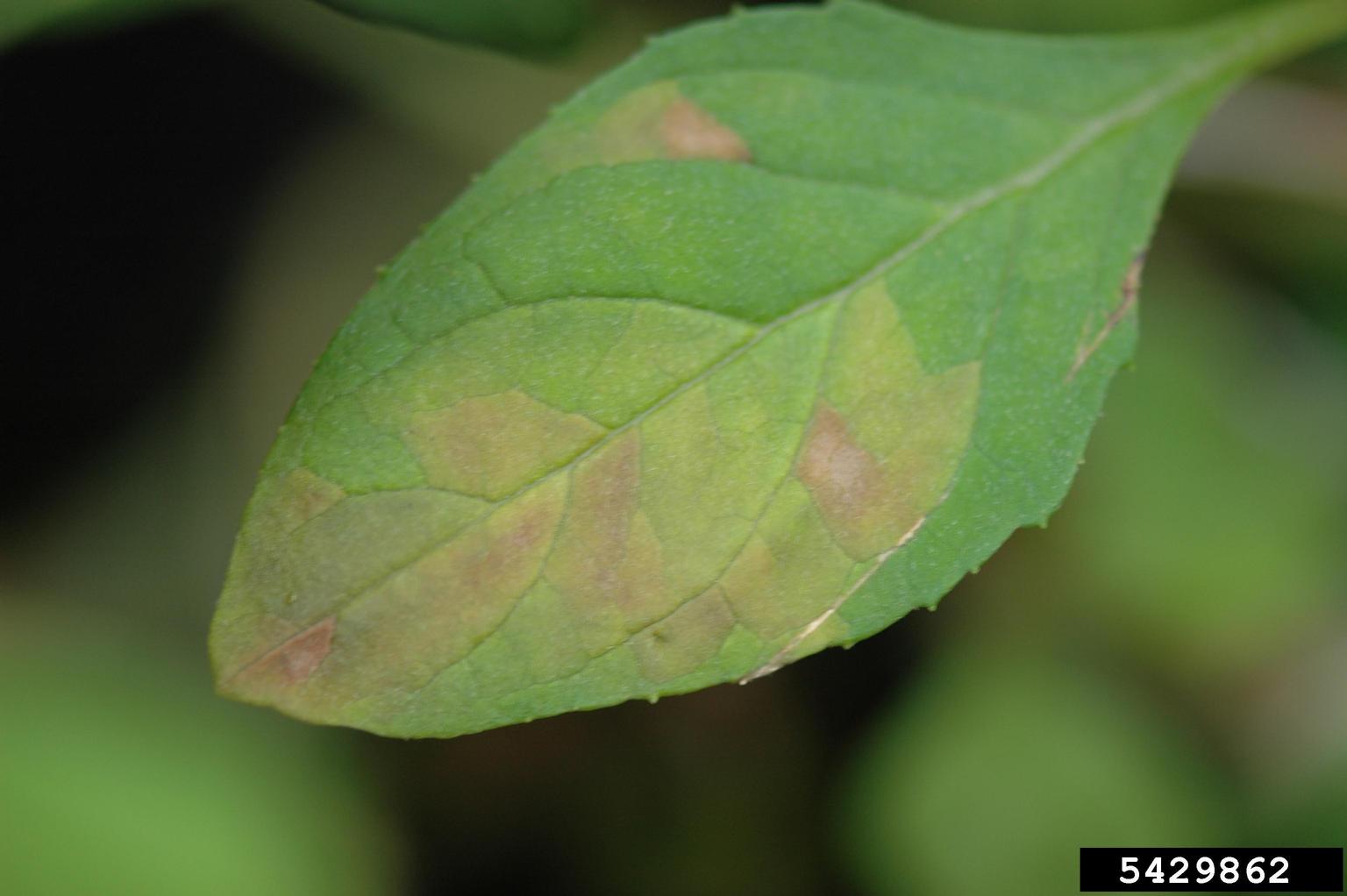 Problems With Butterfly Bushes: Common Butterfly Bush Pests And Diseases
Problems With Butterfly Bushes: Common Butterfly Bush Pests And DiseasesButterfly bushes are truly tough plants and grow well under a variety of conditions. In fact, they grow so well and spread so easily that, in some locations, they are considered invasive. That said, butterfly bush problems do occur, and this article will help.
By Teo Spengler
-
 Avoiding Butterfly Bush Winter Kill: Learn How To Overwinter A Butterfly Bush
Avoiding Butterfly Bush Winter Kill: Learn How To Overwinter A Butterfly BushIf you are concerned about butterfly bush winter kill in your region, take some tips on how to save the plant. There are several steps to preparing butterfly bushes for winter and saving these colorful plants. Click here to learn more.
By Bonnie L. Grant
-
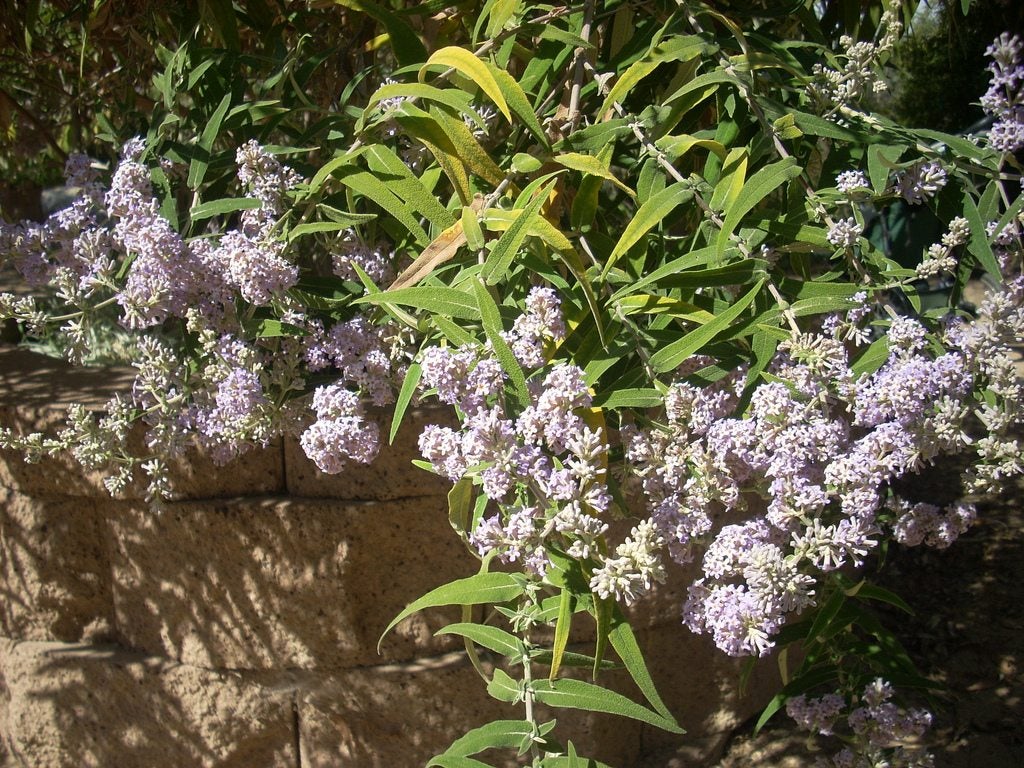 Butterfly Bush Leaves Turning Yellow: How To Fix Yellowing Butterfly Bush Leaves
Butterfly Bush Leaves Turning Yellow: How To Fix Yellowing Butterfly Bush LeavesWhen it defoliates in autumn, the leaves change color naturally; but during the growing season, yellow leaves on my butterfly bush can signal other problems. Here are some potential causes so you can triage your yellowing butterfly bush leaves.
By Bonnie L. Grant
-
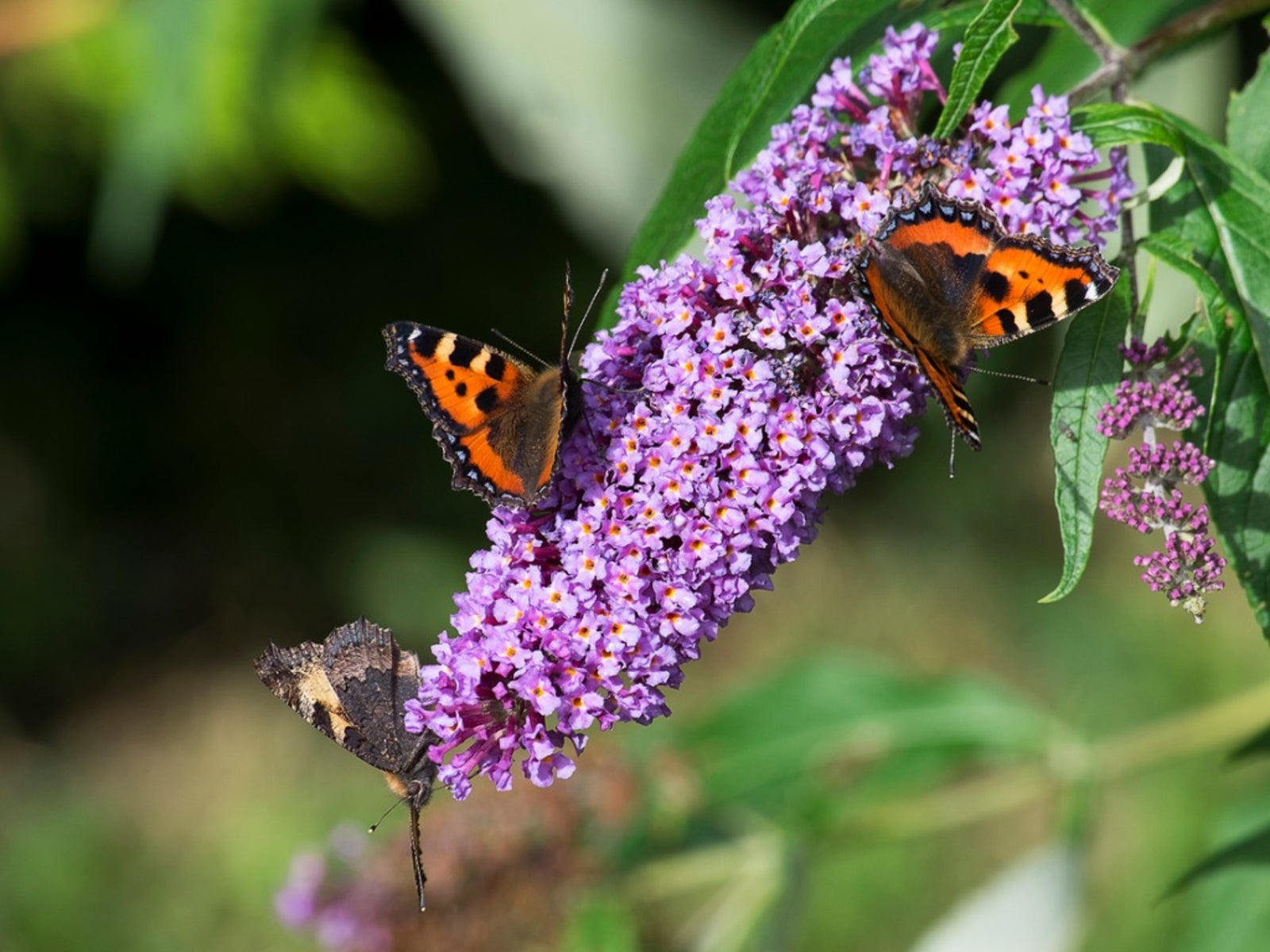 Butterfly Bush Varieties: Kinds Of Butterfly Bushes To Grow
Butterfly Bush Varieties: Kinds Of Butterfly Bushes To GrowAttractive garden plants in cold, medium and warm zones, there are butterfly bush varieties that would work well in nearly any region. For more information on different kinds of butterfly bushes, click on the following article.
By Teo Spengler
-
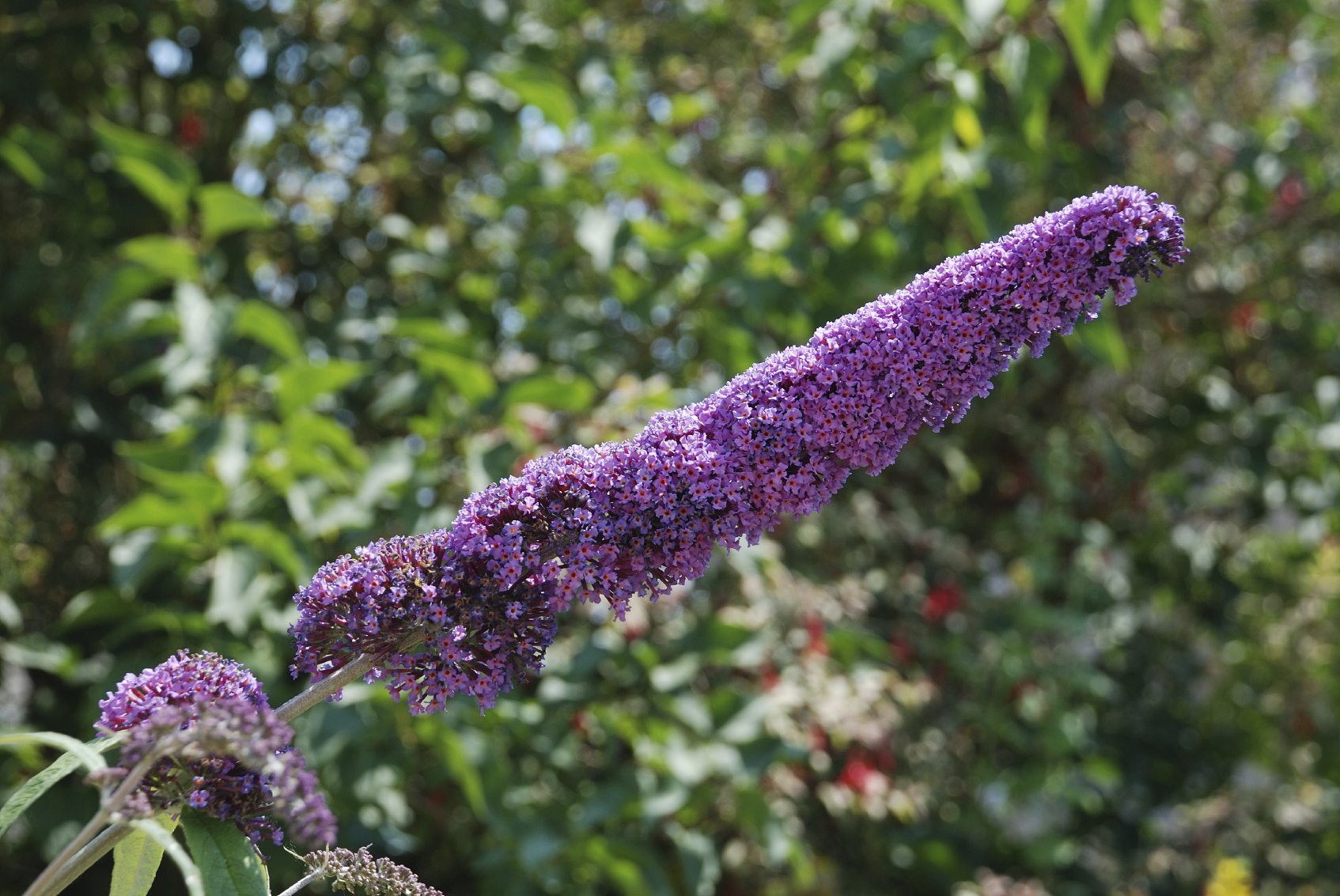 My Butterfly Bush Is Not Blooming – How To Get A Butterfly Bush To Bloom
My Butterfly Bush Is Not Blooming – How To Get A Butterfly Bush To BloomIt can be a serious letdown if your butterfly bush will not bloom. Find reasons why there may be no flowers on a butterfly bush, as well as ways to get a butterfly bush to bloom in the following article. Click here for more info.
By Liz Baessler